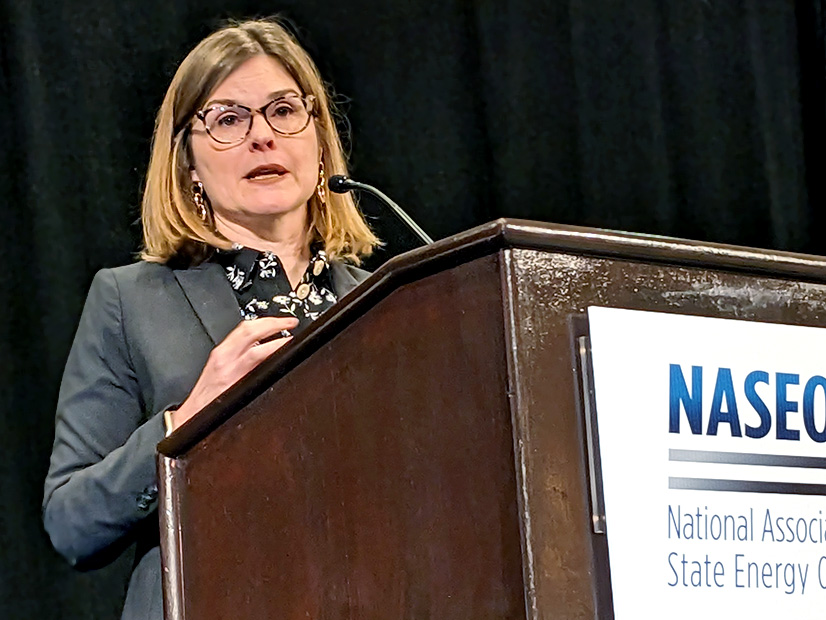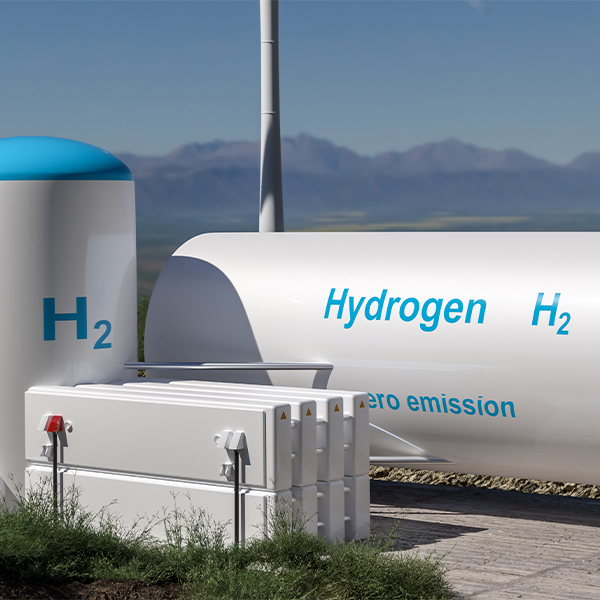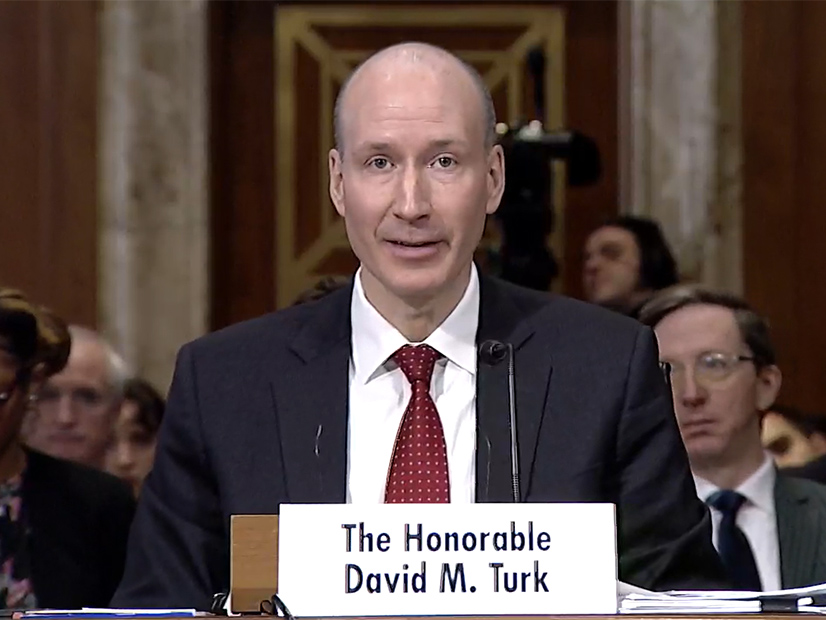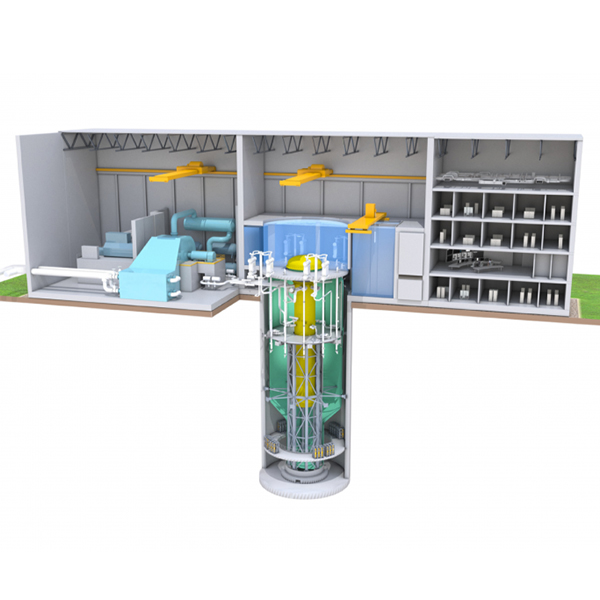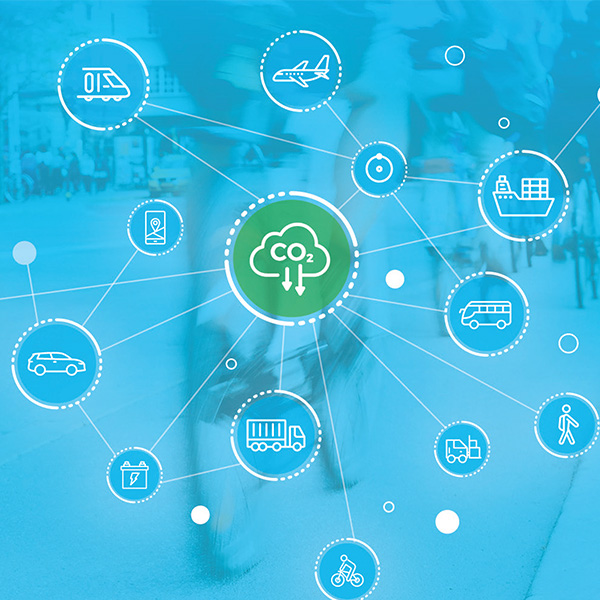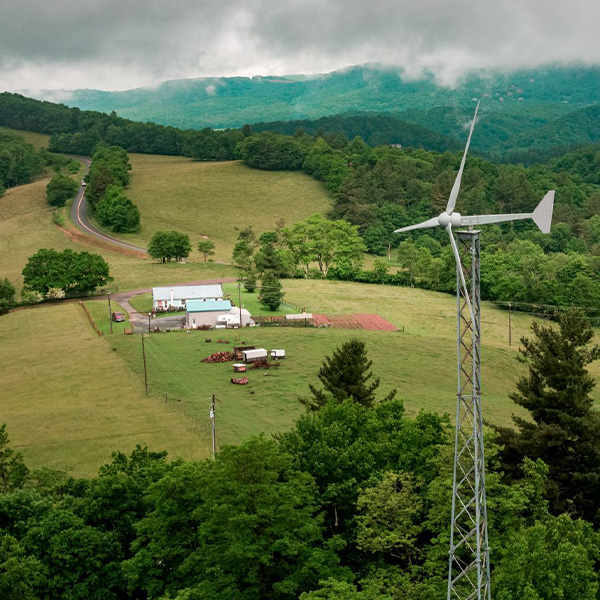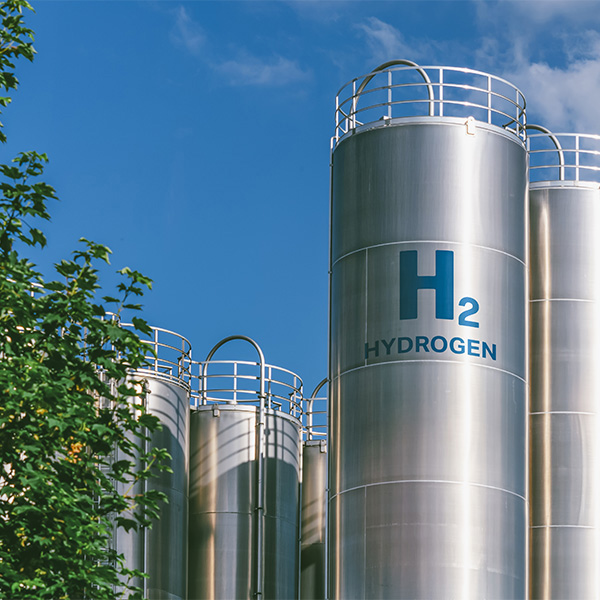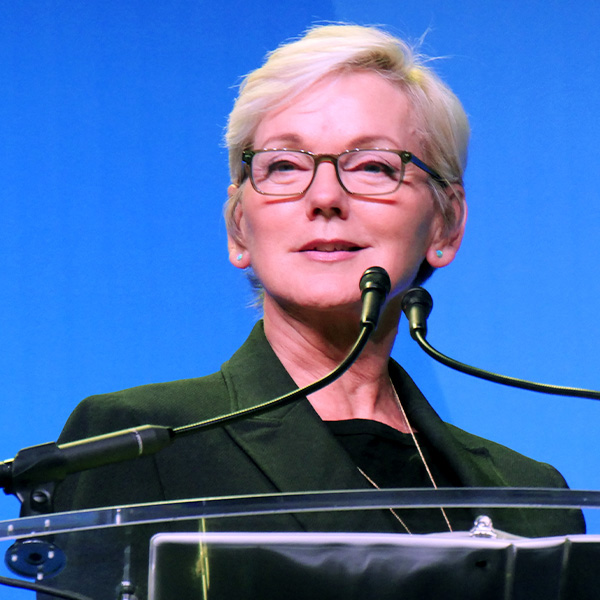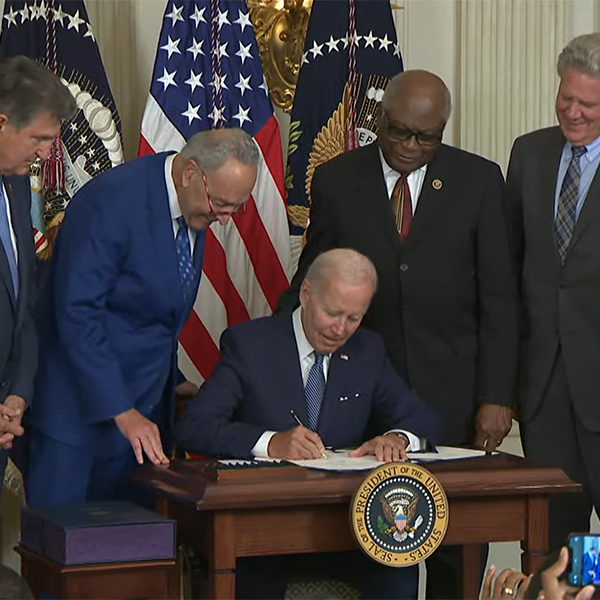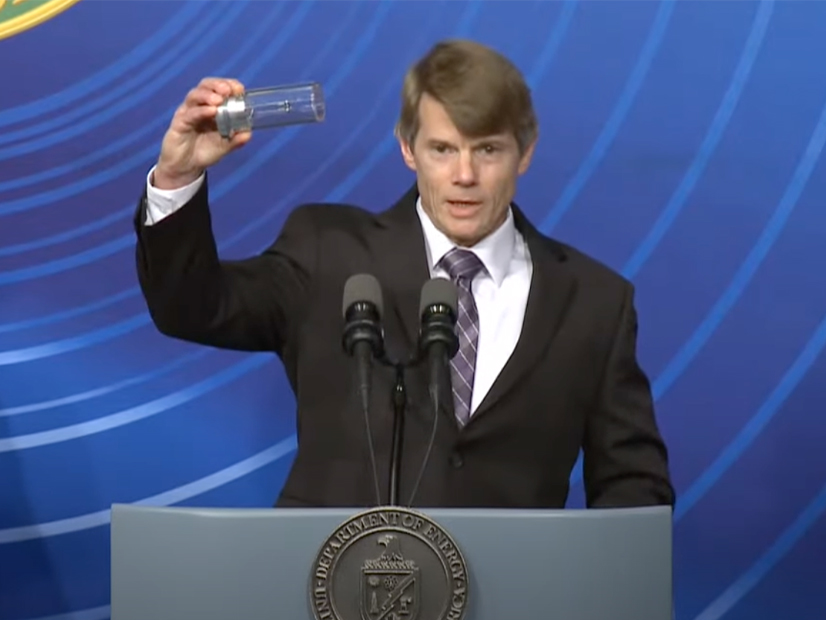Department of Energy
Stakeholders at NASEO's Winter Policy Summit debated whether energy offices should act as hubs for bringing stakeholders together and fostering collaboration.
Vermont signed onto the multistate Northeast Clean Hydrogen Hub, one of the many joint state proposals competing for federal funding from the H2Hub program.
A political war is looming over the interpretation and implementation of both the Infrastructure Investment and Jobs Act and the Inflation Reduction Act.
Small modular reactors are the future of nuclear energy, but they will not be rapidly deployed without a federal push, according to a new report.
The Biden administration released a national plan to eliminate carbon dioxide and other GHG emissions from the nation’s transportation sector by 2050.
The National Renewable Energy Laboratory last month distributed another round of grants to boost small- to mid-sized wind turbine technology and marketing.
Industry, private developers and state governments from every region of the nation applied for federal funding to create hydrogen hubs.
The two people who had the broadest, deepest impacts on federal energy policy in 2022 were undoubtedly Energy Secretary Jennifer Granholm and Sen. Joe Manchin.
The biggest clean energy story of 2022 was passage of the Inflation Reduction Act, rising improbably from the ashes of President Biden’s Build Back Better Act.
Researchers have developed a global first: less than one second of controlled hydrogen fusion that created more energy than had been required to initiate it.
Want more? Advanced Search
